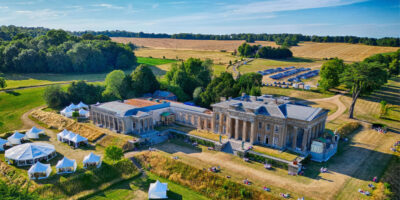
Duncan MacAskill
Shadows in the Landscape

Stay connected
Join the Grange Festival community and stay connected to a world of enchanting performances and exclusive events.

Shadows in the Landscape

Join the Grange Festival community and stay connected to a world of enchanting performances and exclusive events.